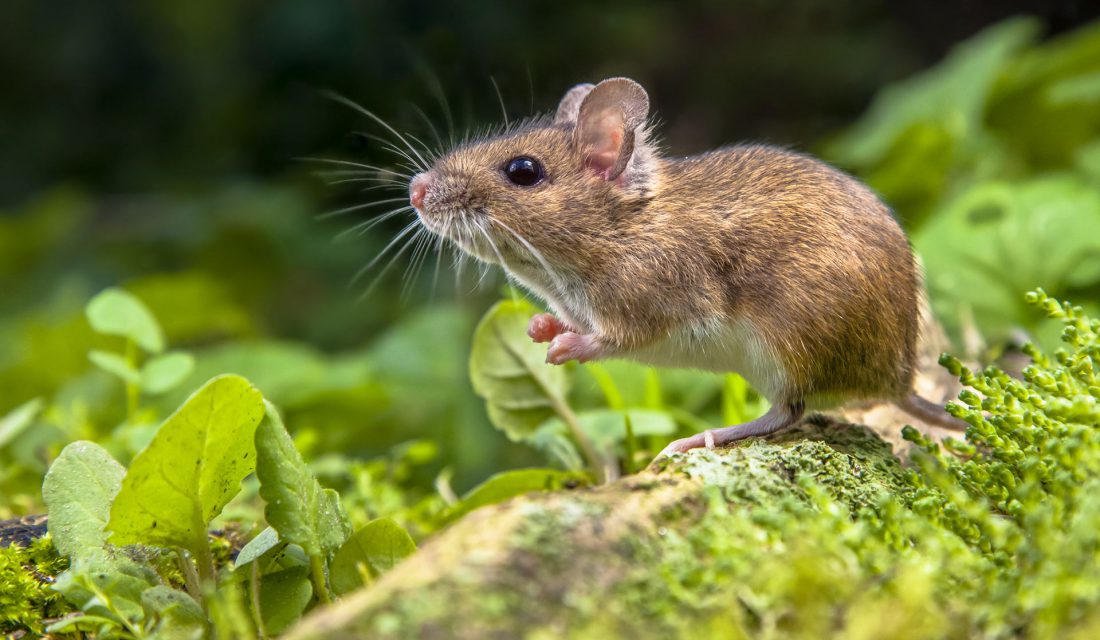The Canadian Wildlife Federation and other conservation groups have been pushing for the Monarch Butterfly to be listed as Endangered, a decision which is expected to come from the Government of Canada this spring.
And the International Union for Conservation of Nature (IUCN) has already placed it on its Red List of Threatened Species. Why? This beautiful butterfly has been fighting against climate change, habitat loss and pesticide use for decades. So, what else is it up against? Keep reading to find out!
Mutating Predators

A genius adaptation that has allowed Monarch Butterflies to escape predation is their tolerance for milkweed toxins. As caterpillars, they chow down on loads of milkweed and over time they build up a toxin from the plant that other species find distasteful. Not only is it unpalatable, the toxin can actually mess with predators’ systems. When animals eat milkweed directly or via munching on a Monarch, a certain pump that’s in charge of making their hearts beat actually stops working. That’d put anybody off!
Since the 1970s, researchers have noted that some birds and mice aren’t affected negatively by eating Monarchs, but they didn’t know why. Until now. A University of California Riverside study found that when they took DNA from various animals like wasps, birds and worms, they found that some creatures had actually evolved to be able to handle the toxin. Researchers found mutations in the pump – allowing their hearts to go on beating without a problem as they consumed Monarchs. This mutation was found in the Black-headed Grosbeak, the Black-eared Mouse, a parasitic wasp as well as a nematode worm (a macro parasite).
Parasites

A horrific parasite has begun to ravage the eastern Monarch Butterfly population. The parasite, named Ophryocystis elektrosirrha (O.E.), attacks the gut of the Monarch during its caterpillar stage. When the infected caterpillar moves from its pupal stage and becomes a fully grown butterfly, its body simply cannot cope with the infection, releases fluid from its body and dies.
This terrible parasite once infected a mere one per cent of this population back in 1968. Scientists at Emory University have found that today, the infection rate stands at 10 per cent. If this number keeps increasing, the eastern population will likely decrease even more than it has to date.
Light Pollution

Navigating thousands of kilometres of territory to migrate from Canada to Mexico is no easy feat. Monarch Butterflies are able to figure out where they should go by trusting in an internal clock (centered in the antennae!) that signals how they should orient themselves in relation to the sun and the time of day. However, light pollution is making their gruelling journey even harder.
When Monarchs are exposed to artificial light at night — like a street lamp or a porchlight – they become confused. Scientists at the University of Cincinnati have found that the Monarch Butterfly’s circadian rhythm can be thrown out of whack due to artificial light. Moreover, they need the darkness of night to recharge. Monarchs actually wait until night to process proteins that are tied to their internal compass.
With too much exposure to light pollution, they simply cannot make their migratory journey effectively and in good time.

1 comment
Virginia creeper is very invasive, and some which was planted by a neighbor killed several trees on our property. Yes, it is pretty in the fall, but I don’t think you should be recommending it as something to plant in one’s yard.